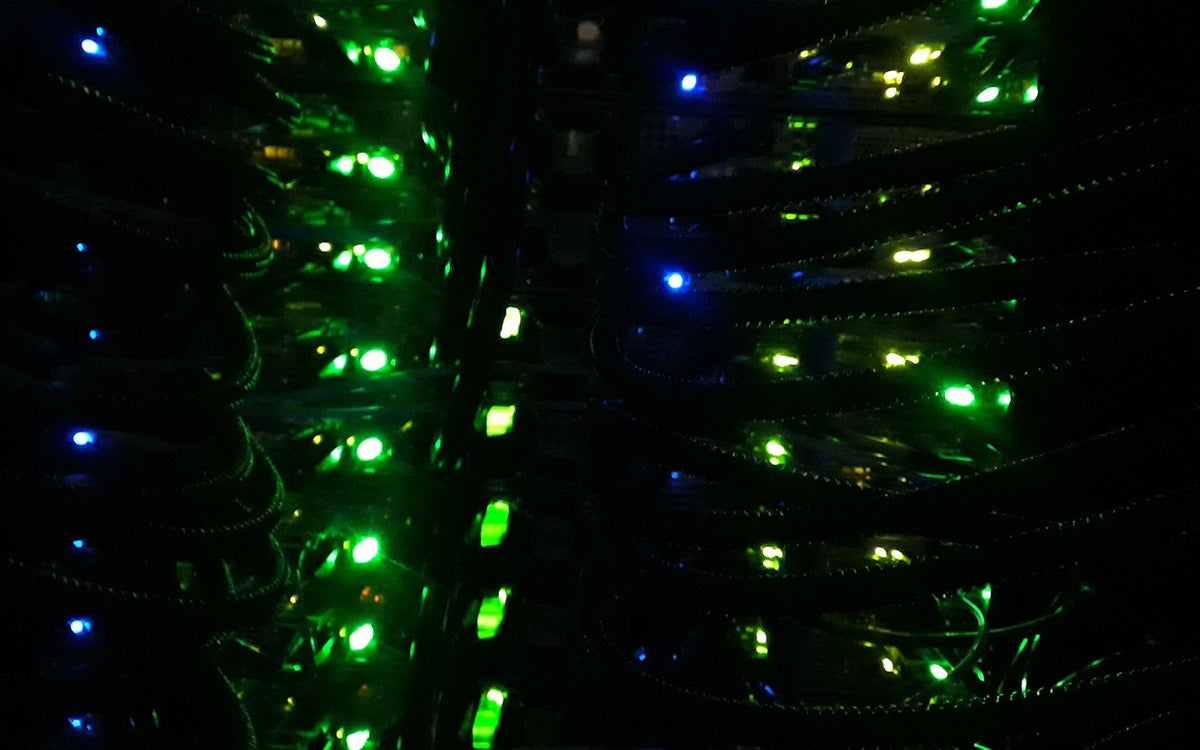- I recommend the Pixel 9 to most people looking to upgrade - especially while it's $250 off
- Google's viral research assistant just got its own app - here's how it can help you
- Sony will give you a free 55-inch 4K TV right now - but this is the last day to qualify
- I've used virtually every Linux distro, but this one has a fresh perspective
- The 7 gadgets I never travel without (and why they make such a big difference)
Supermicro launches liquid cooling initiative

Super Micro Computer, a.k.a. Supermicro, is adding a range of liquid cooling solutions to its server products. Working with customers, Supermicro will design, implement and test the latest liquid cooling technologies at the rack level. Customers who implement liquid cooling can improve data center PUE (power usage effectiveness) and TCO by more than 40% by cutting power costs, the company says.
The cooling is for new systems coming to market. Like most OEMs that support liquid cooling, Supermicro isn’t recommending retrofits to existing installations. It cites two reasons: One, it would be expensive, as you’d have to drill into the rack and server chassis to make room for the cooling piping. And two, the entire rack or cluster would have to be inactive while the retrofit was being done, and most firms won’t tolerate that.
The selected Supermicro systems include not only x86-powered servers but also the latest GPU systems. Supermicro’s SuperBlades, BigTwin, and Ultra systems are designed for demanding workloads and applications like AI, high-performance computing (HPC), and related workloads where high-frequency and densely packed CPUs and GPUs are required.
Supermicro plans to work closely with customers to determine the best suitable liquid cooling solution mix. Engineers will design the solution based on the types of systems chosen and the data center infrastructure. All or part of a data center can utilize liquid cooling technologies to optimize the operating environment.
Types of liquid cooling
Supermicro is offering three types of cooling: direct to chip (D2C) cooling; immersion cooling; and rear-door heat exchanger (RDHx) cooling. These technologies are available individually or in combination.
D2C is the most common form of cooling. A copper-based heat plate is attached to the CPU, but instead of a fan blowing on the plate to cool it, cool water is piped in. The water cools the plate, and the hot water is piped out. The water runs through a loop and comes back a lot cooler than it left the processor.
RDHx involves a water-filled radiator that’s placed on the back of a rack, and heat vented out of the server is cooled by passing over the radiator. Server racks using air cooling can generate a lot of heat, and that in turn makes a server room very unpleasant.
With immersion cooling, the entire motherboard is submerged in a nonvolatile liquid. Lately, immersion seems to be moving in from the fringe to more mainstream use, with Microsoft fully embracing it and a new company, LiquidStack, emerging as a major player in the space. Supermicro’s partner in immersion is Asetek, which has worked with Supermicro in the past on immersion projects.
Copyright © 2021 IDG Communications, Inc.

